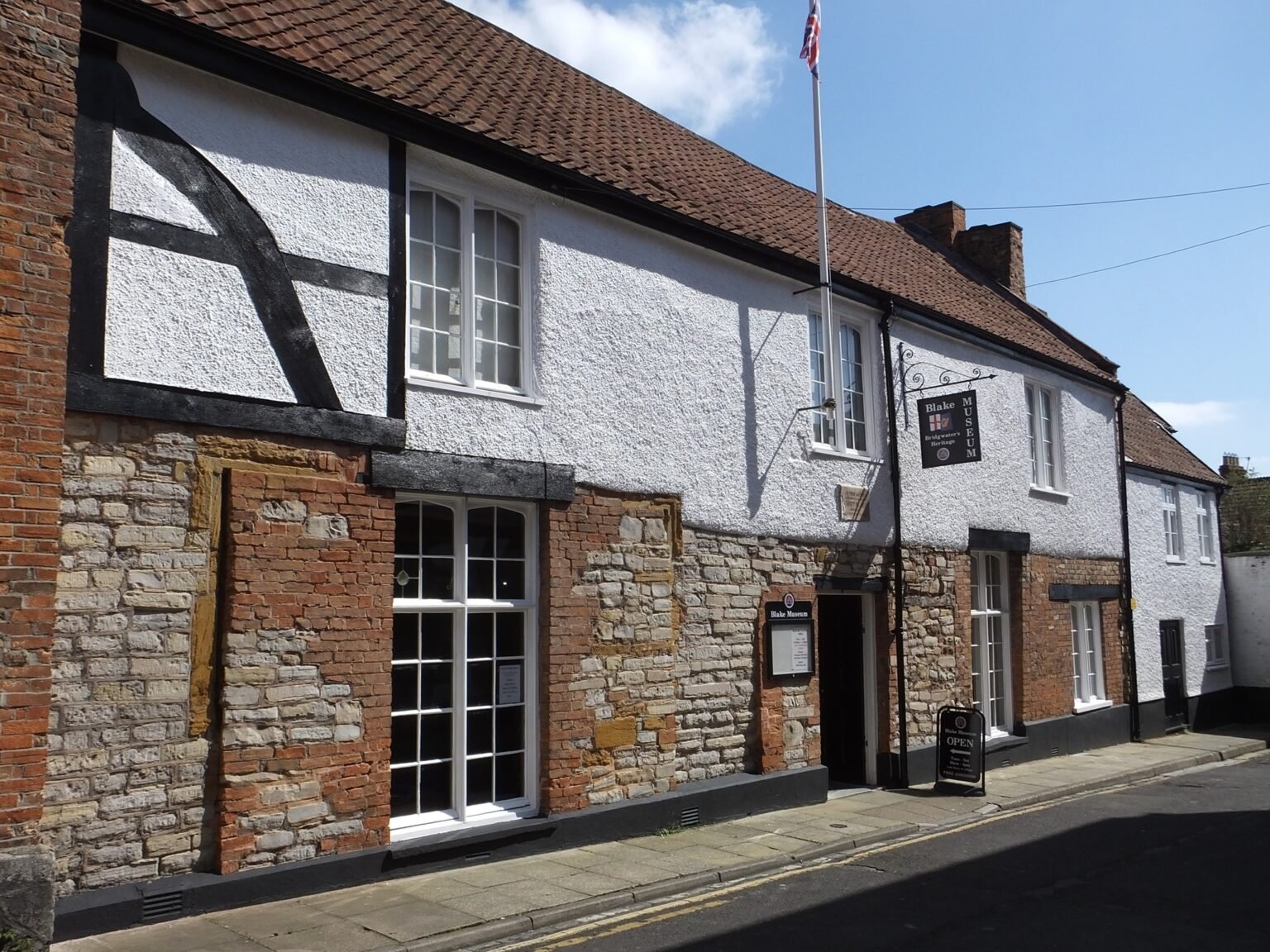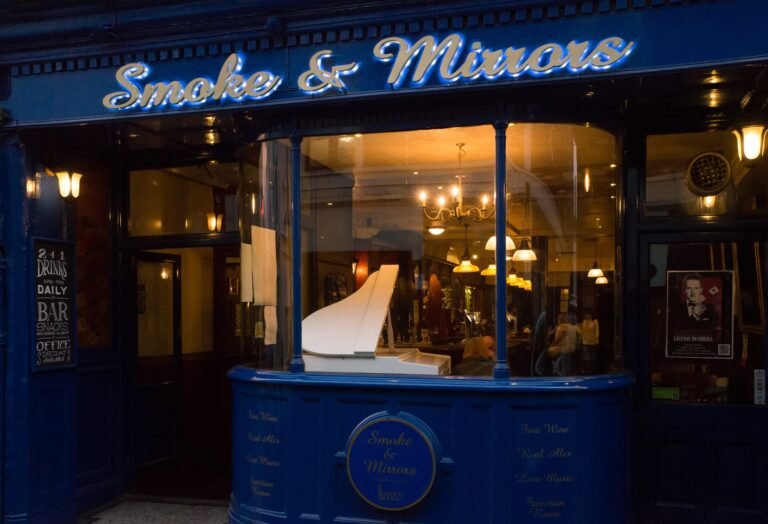Exhibitions
The main exhibitions are displayed in six rooms over two floors, with a ground floor temporary exhibition room. Details of temporary exhibitions can be found on the home page.
The Blake Room
Robert Blake became a national hero in the mid-17th century following exploits fighting on the side of Parilament during the English Civil War and later a General-at-Sea in wars against both the Dutch and Spanish. Blake is credited with being the founder of the modern navy. For more information and a PDF download, click here.
The Exhibition Room
Various temporary exhibitions are displayed in this room. Please see the main page for dates and details of the exhibitions held throughout the year.
The Bridgwater Room
Geology and remains of the mediaeval Friary and the Hospital of St John feature here. The mediaeval wooden chest where the Borough documents were once stored is kept here, along with the old Town Gaol bells. Other displays include Police and Fire Brigade related exhibits. The Castle and Friary remains are now on display in the lower garden area.
The Bygones Room
The Bygones Room has undergone a change and now features a large display of Bridgwater’s industrial past along with some other unusual exhibits.
The Transport Room
Bridgwater was once the premier port for Somerset with all manner of goods being imported here. The main export was Bridgwater brick and tiles, examples of which can be found around the world today. With the coming of the railways and the growth in road transport, the docks and associated industry went into decline. Bridgwater’s rich maritime heritage can be found here. Also featured are a large number of road transport model vehicles that have been painstakingly reconstructed by one of our volunteers.
The Battle Room
This room tells the story of Bridgwater’s involvement in conflict from the time of King Alfred, the Siege of Bridgwater, the Battle of Sedgemoor and the two World Wars. Kids (and adults) are able to hold a replica musket of the type used at the Battle of Sedgemoor. The Battle of Sedgemoor diorama has now been installed here.
The Archaeology Room
The ancient peoples of the Bridgwater area lived near river banks and on the nearby hills. Objects from the Stone Age and the Iron Age have been found at several sites. A very strong Roman influence was felt later on with ports at Combwich and Crandon Bridge.On permanent display are the Greylake Skulls that are over 10,400 years old. In 2011 radiocarbon dating showed that both skulls were from people who died around 8,400 BC in the Mesolithic period. This is 5,600 years older than Stonehenge.Also on display is the restored Spaxton Roman mosaic and many more new exhibits.
The Library
On the first floor. This has a collection of local books, as well as reference notes about the villages of the neighbourhood and other topics. The photographic collection is housed here. The Library may be used by appointment only.
The Gallery
The Gallery now has a permanent display about John Chubb (artist) 1764 – 1818. Here you may browse copies of his work. Also on display is a selection of photos of old Bridgwater scenes dating from c1865.
Victorian Kitchen
The Victorian Kitchen has a small shop where you may purchase local history books and souvenirs.Here you can take a break from your visit, with a cup of tea/coffee with biscuits if you so wish. Soft drinks are also available. Just ask the Shop Custodian who will be pleased to serve you.
Museum Gardens
You are welcome to bring your own food and drink and enjoy a picnic in either one of our two gardens, both the upper and lower areas have ample picnic benches and seating.











